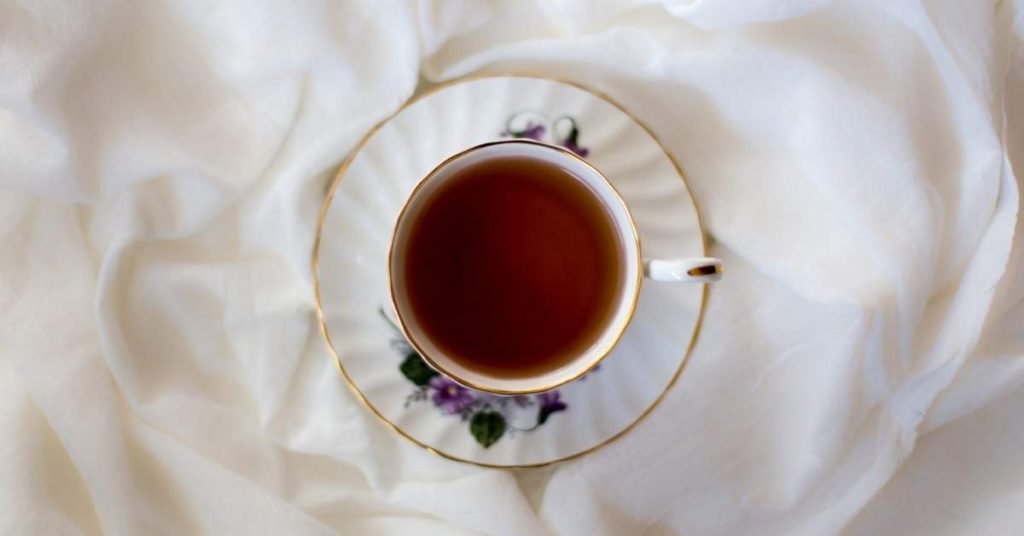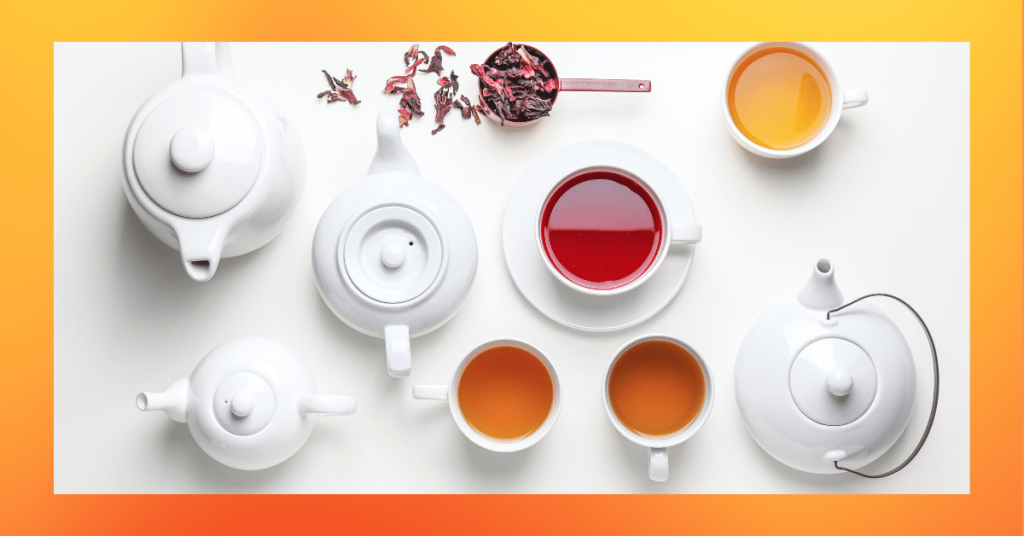Zimbabwe is not only one of the highest tea-consuming countries in Africa but also the greatest tea producer on the continent.
This African jewel exports over 11,000 tonnes of tea per year grown on 5,000 acres of land, for high-quality control.
History of Tea in Zimbabwe
Although many like to connect tea consumption in Zimbabwe with English colonizers, tea in Zimbabwe dates back to ancient times.
However, the first Assam plantation in the country started quite late, in 1924 when a tea farmer’s wife from India smuggled a box of Assam seeds later planted in the Chipinge area.
However, before the first trades of tea, Zimbabwe had its own tea species including Moringa, Makoni, and Zumbani (a tea high in Vitamin C).
Besides the spectacular indigenous teas that the country already produced, the trading era brought Ceylon and Green tea to Zimbabwe which is now widely consumed by the local population.
Tea Culture in Zimbabwe
Tea farmers in Zimbabwe only harvest the top two leaves and the bud from each stem of each tea plant, ensuring freshens and a top-quality tea experience.
The tea-drinking culture in Zimbabwe is an everyday practice and it can happen at any time of the day.
With or without a ceremony, people here like to drink tea at any time of the day.
The addition of milk, sugar, or lemon to the tea is optional.
Tea in Zimbabwe is served with breakfast, lunch, and dinner and also in between meals.
It’s common to be offered a cup of tea when visiting a local family as a sign of generosity and hospitality.
The tea culture in Zimbabwe is about a healthy way of life, it’s about sharing an ancient culture, and making new friendships.
MEDICAL DISCLAIMER
Itsnevernotteatime.com cannot and does not contain medical/health advice. The medical/health information is provided for general and educational purposes only and is not a substitute for professional advice.




